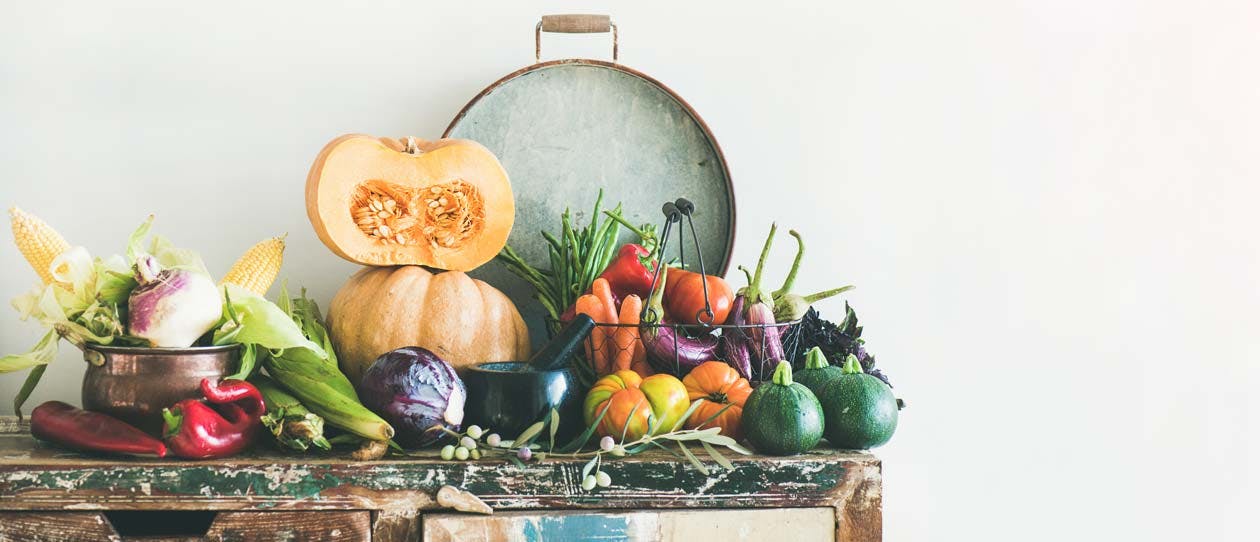Fibre is a key component of a healthy, balanced diet but
more than 80 per cent of Australians aren’t eating enough of it. If you’re one of them, the answer could be as simple as putting more vegetables on your plate. Here’s how to make some fibre-rich choices.
Understanding fibre
Fibre is your digestive system’s best friend. Made up of the edible yet indigestible parts and compounds of plants which pass relatively unchanged through the stomach and small intestine, fibre’s main job is to keep your digestive system healthy.
When you eat enough of it, fibre can also help to lower cholesterol levels, promote weight loss and improve immune function . Some types of fibre even act as a prebiotic, encouraging the growth or activity of your gut’s ‘good’ bacteria.
Sources of fibre
While you’ll find
dietary fibre in cereals and grains, two of the best sources are
fruits and vegetables, including legumes. One reason they’re such a valuable source is that when you eat them unpeeled, you get a hit of the two main types of fibre: soluble fibre, found in a vegetable’s flesh; and insoluble fibre, which is contained in vegetable skin. Both types of fibre are important for good health.
When you consider that according to the latest National Health Survey only one in thirteen of us is eating the recommended ‘five or more’ serves of vegetables a day , making the effort to load your meals with vegetables is undoubtedly a smart choice.
Best high-fibre vegetables
All vegetables contain fibre, but some provide a richer source than others. For example, per 75g, which is one serve of vegetables :
- Red kidney beans (tinned) = 4.9g of fibre
- Green peas (boiled) = 4.1g of fibre
- Corn (cooked) = 3.6g of fibre
- Brussels sprouts (cooked) = 3.5g of fibre
- Broccoli (cooked) = 3.5g of fibre
- Chickpeas (tinned) = 3.5g of fibre
- Parsnip (baked) = 3.3g of fibre
- Carrot (raw) = 2.9g of fibre
- Lentils (tinned) = 2.8g of fibre
- Beetroot (cooked) = 2.8g of fibre
- Red cabbage (shredded) = 2.6g of fibre
- Onion (cooked) = 2.6g of fibre
- Jerusalem artichoke (cooked) = 2.4g of fibre
- Pumpkin (baked) = 2.3g of fibre
- Potato (baked, with skin) = 2g of fibre
- Asparagus (cooked) = 2g of fibre
- Snow peas (raw) = 2g of fibre
Which high-fibre vegetables are a prebiotic?
You’ll find
prebiotic fibres in red kidney beans, green peas, corn, chickpeas, lentils, beetroots, onions, Jerusalem artichokes, asparagus and snow peas.
Other ‘prebiotic vegetables’, including chicory, leek, spring onion, fennel and savoy cabbage , contain smaller amounts of fibre – less than 2g per 75g serve.
A balanced diet containing high fibre foods will insure you meet the recommended daily intake of fibre, in turn ensuring a healthy and happy gut.


